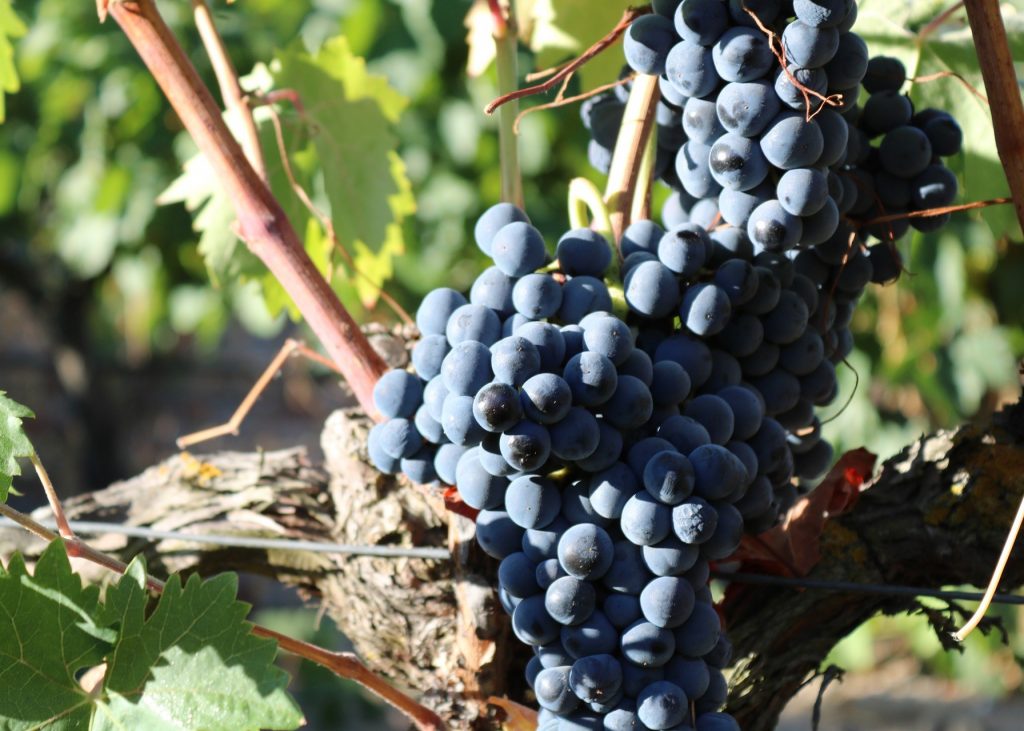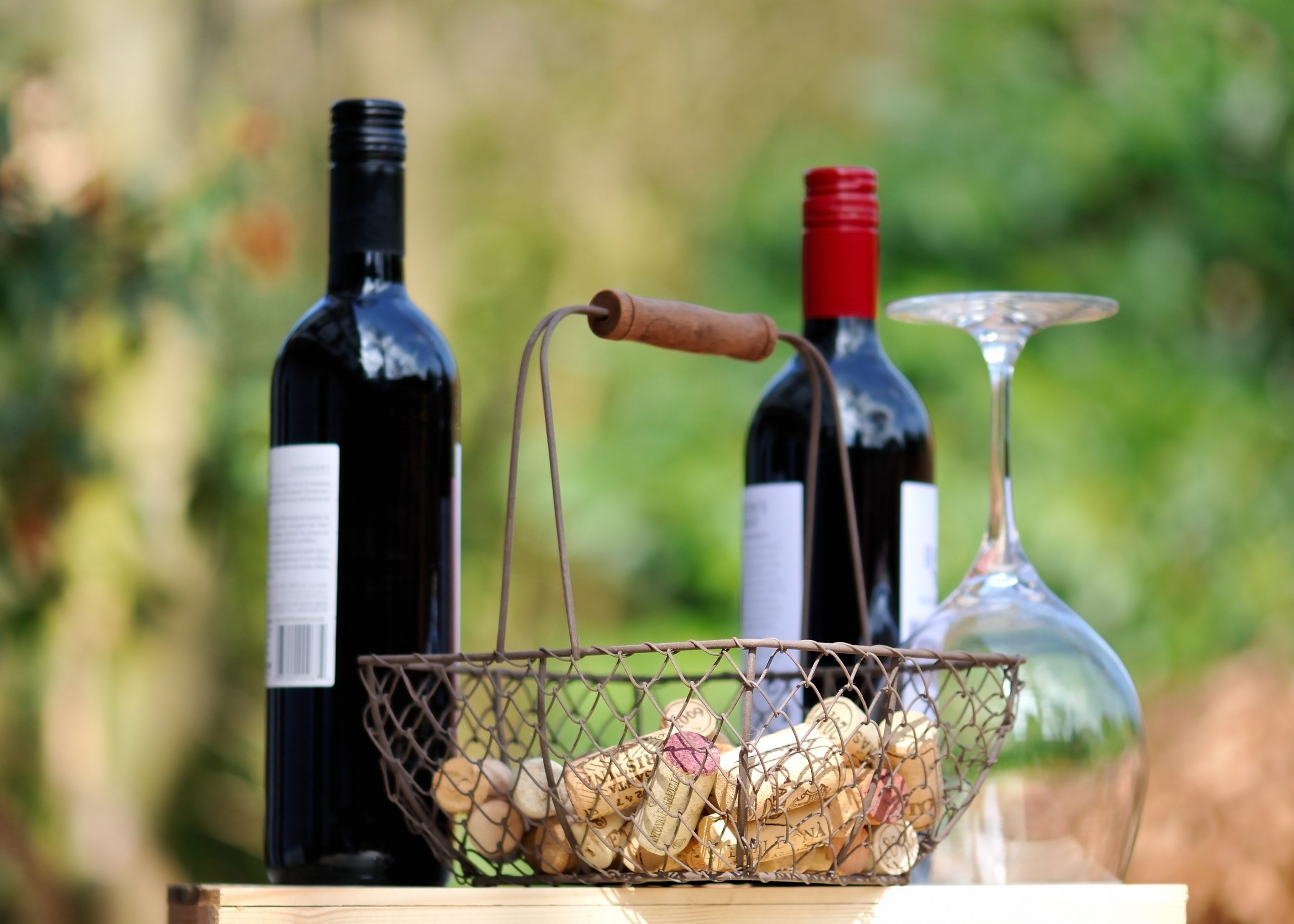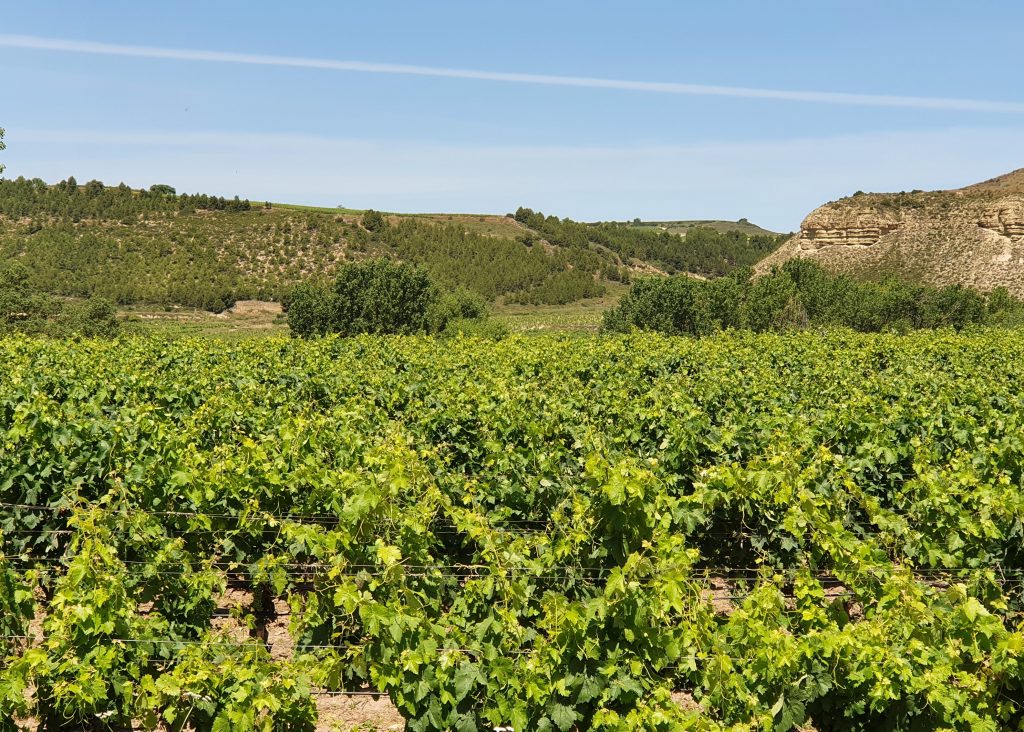ARANDA DEL DUERO – When it comes to wine, Spain offers more than a good glass of Rioja. Every self-respecting catering establishment in Spain offers a Ribera del Duero wine among the best and often most expensive wines on their wine list. What makes the Ribera del Duero as a wine region so special?
Spanish wines are known for being fair, high quality, and cheap compared to other wine-producing countries. Especially the red wines which do very well internationally. Wines from Ribera del Duero are shipped to Switzerland, the United States, Germany, and Mexico. However, most of the annual production is sold in Spain itself. Spaniards love Tempranillo wines. This grape is also known as Tinto del País or Tinto Fino. It has a deep violet color, thin skin, and fresh acidity. Wine Enthusiast journalist Michael Sachner thinks the Tempranillo here even delivers the “better red wine in the world”.
Hard living
The wines from Ribera del Duero owe a lot to the climatic conditions in the area. The grapes here have to endure a lot from the weather. That’s why they are so special. Furthermore, the vineyards are located at an average altitude of 800 meters on the northern plateau of the Iberian Peninsula. This relatively high location, together with the partly continental climate with Atlantic and Mediterranean influences, provide difficult conditions for a grape to grow in.
Long harsh winters and hot and dry summers expose the vines to a wide variety of temperatures. Grapes take longer to ripen and that is also reflected in the taste. The soil in the area which contains a lot of mud, clayey sand, and high lime content, is ideal for good grape growth. The growing season for the grapes is relatively short, between 171 and 198 days, requiring careful maintenance of the vines.

The pioneers
The Vega Sicilia and Pesquera bodegas provide Spain’s most prestigious and expensive wines. These are also the bodegas that have made the most important contribution to the good reputation of the wine region on the international wine list. Without the entrepreneurial spirit and courage of Don Eloy Lecanda Chaves and the pioneering life of farmer’s son Alejandro Fernandez, the area on the banks of the Duero (literally Ribera del Duero) would have looked very different now.
Vega Sicilia and Pesquera
The former winegrower from Valbuena de Duero founded bodega Vega Sicilia in 1864. He obtained vines of Cabernet Sauvignon, Merlot, and Malbec from Bordeaux, France. He used French winegrowing methods to plant and aged the wine in wooden barrels. However, the resulting wines were only produced for private or local use.
The deserved recognition for its high-quality wines came at the end of the nineteenth century after many years of hard work and perseverance. At the time Vega Sicilia was the only producer in the region to bottle good wine. The wine Vega Sicilia Único nowadays is only made in peak years. Vega Sicilia’s unique position came to an end when competitor Alejandro Fernandez also managed to cultivate very high-altitude vineyards in the early 1970s. This revolutionary in the sector managed to shake up the entire wine world with his Pesquera Janús, a red wine made from 100 percent Tempranillo grapes.
Denominación de Origen
Growing Tempranillo was the main economic activity of the Duero Valley as far back as the 16th century. Monks had started this in the Middle Ages. That was long before the innovative practices of both bodegas changed Ribera del Duero wines from table wine only available in Spain into wines with an excellent international reputation. It was only in the wake of the success of the top wines from Vega Sicilia and Pesquera that many other winegrowers began to try their luck in the wine market. The bodegas Pago de Los Capellanes and Protos quickly earned a place among the better wine producers in the region.
Years later, a new batch of winemakers joined this, including Astrales, Emilio Moro, Felix Callejo, Monte Castro, and Viña Sastre. The latter bodega produces a wine that – again – received a 10 from the magazine Wine Enthusiast for its excellent quality. It is also in the top hundred 2010 with the Viña Sastre Pesus 2006. From the moment the area received the status of a Denominación de Origen, more and more investments were made in techniques to cultivate the difficult soil and in the national and international promotion of the wines.
The region Ribera del Duero
The area covers parts of the four provinces of Burgos, Soria, Segovia, and Valladolid and is located in the autonomous state of Castilla y León. The largest part of the vineyards is located in Burgos. In total, according to the Guía Peñín (the reference in Spanish wines), there are 315 bodegas, to which 8,224 winegrowers supply their grapes. The 2010 production was 56,666,500 liters of wine. Most of the exported wine was destined for the United States. Good vintages in the area are 2017, 2016, 2015, and 2014. Excellent zijn de wijnen uit 2010.
In addition to the Tempranillo, the varieties Merlot, Malbec, Cabernet Sauvignon, Garnacha Tinta, and Albillo (white) are allowed within the Denominación the Origen. The municipalities Aranda del Duero and Peñafiel are centrally located and therefore a good starting point for exploring the area. The provincial wine museum is located in the castle of Peñafiel. Several wine routes run through the area and the range of “casas rurales”, rural hotels, and B & Bs is growing.
www.drinkriberawine.com



